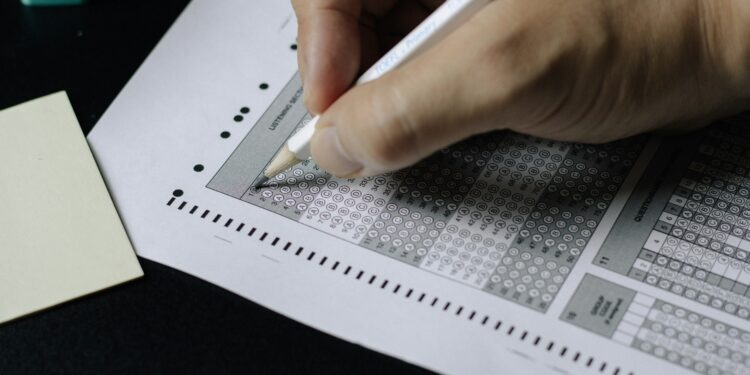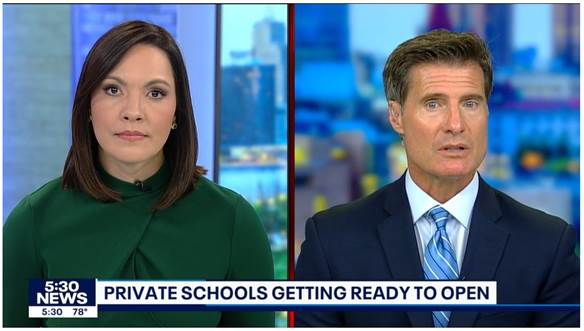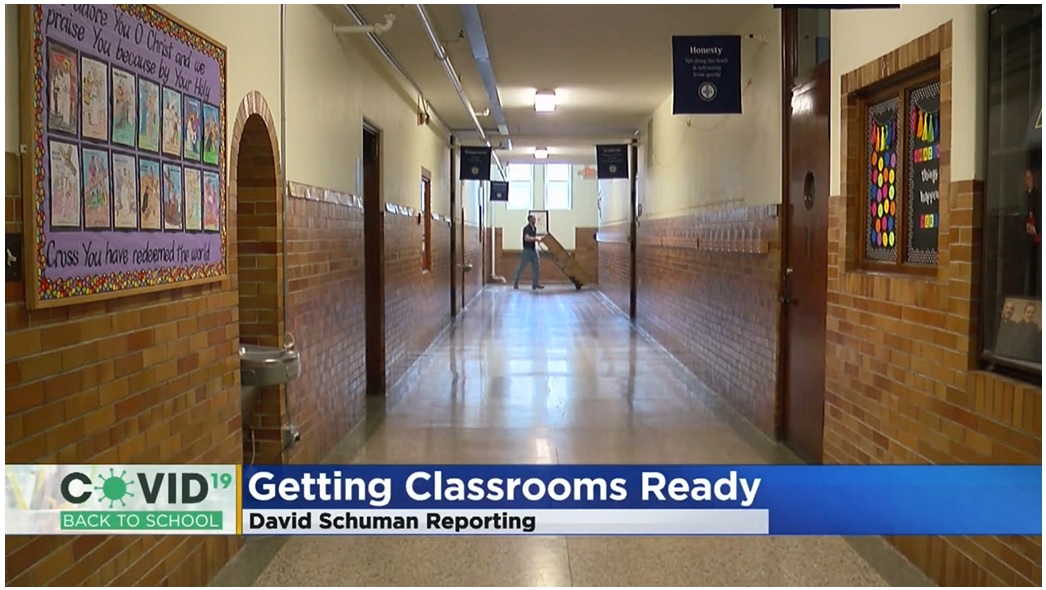Does the American education system provide students enough instructional time to keep them competitive against their peers worldwide? It’s a question policymakers have argued over for decades.
In terms of average total hours in school per year, the United States ranks 8th among 37 high-income nations at 1,022 hours per year, according to middle school data collected by the Organization for Economic Co-operation and Development (OECD) and shared by Matthew Kraft and Sarah Novicoff in Education Next. At the high school level, the U.S. ranks 8th among 79 participating countries and economies, as measured by data collected during the 2018 PISA tests and shared by Kraft and Novicoff.
Yet, the U.S. still gets outperformed by dozens of countries.
Average total hours in school per year, middle school

Fourth- and eighth-grade performance on the 2023 Trends in International Mathematics and Science Study (TIMSS) declined in both math and science, and math results for both grades were the lowest they have ever been since TIMSS began in 1995. While American students scored above international averages, the country’s rankings slipped to 22nd in fourth-grade math and 21st in eighth-grade math.
Math achievement for 15-year-olds on the 2022 Programme for International Student Assessment (PISA) dropped since the test was last administered in 2018 and was lower than the OECD average. The U.S. ranked 28th among the 37 OECD member countries that participated. Thirteen countries had higher math scores in 2022 post-pandemic than they did going into the pandemic, but this was not the case for the United States. “We did not adjust well to the pandemic as some other countries did,” said Eric Hanushek with the Hoover Institution of Stanford University.
Varied school time
Given that the U.S. has a high average total school time, why is it getting outperformed by countries with lower time in school per year?
Perhaps a contributing factor is that total time in school varies widely from state to state, which is a different system than how most other countries operate. Depending on where a student lives in the U.S., this could have a positive effect, amounting to two years of additional time in school across one’s K-12 journey and varying degrees of academic gains, or a negative effect.
“While the U.S. education system provides a comparable amount of instructional time, on average, to most other high-income countries, many students are being left behind,” write Kraft and Novicoff.
More than 19 percent of public schools are in session at least one full week less than the national median of 180 days, and 14 percent have school days that are at least a half-hour shorter than the national median of 6.9 hours.
…
Raising minimum school time requirements across states to be closer to the national average is one potential policy response…
Barriers to instructional time
“Time spent in school is not always spent in classrooms, and time spent in classrooms is not always spent actively learning,” continue Kraft and Novicoff. Their analysis of school schedules and instructional hours considers how off-task behavior, passing periods, and organizational interruptions negatively impact instructional time no matter how long students are in school for.
Cell phone use during class time has also proven to be a distraction during instructional time, and more states are adopting legislation for phone-free schools or requiring districts to adopt a policy at the local level. And, of course, the rise of chronic absenteeism certainly doesn’t help recover lost instructional time.
Instructional materials
Pending time in school is maximized and distraction-free, the types of curricular materials used could also make a difference. Perhaps more rigorous curriculum (for example, Singapore math) should be considered, or confirming literacy instruction is based on the science of reading. For too many years, reading instruction based on faulty science has been spreading in schools.
Forty years ago, the United States National Commission on Excellence in Education warned in its report “A Nation at Risk” that “mediocre educational performance” threatened “our very future as a nation and a people.” Despite the years that have passed since, there continues to be an urgency in supporting students’ academic achievement to catch us up to higher-performing nations.
So, where do we go from here? Not only do we consider the targeted efforts noted above — maximizing time in school, removing/minimizing distractions, upping academic rigor — but we must also empower students, families, and teachers to pursue excellent alternative systems of education. The current monopoly of the government school system needs competition to rise above the mediocrity of past decades.
According to a new book on education policies and school choice markets in Europe, “Americans debating whether parents’ choosing their children’s schools will improve education would be wise to learn from a century of experience in Europe, where most governments have long subsidized private schools.” On both PISA and TIMSS, a good number of European countries outperformed the U.S., and while obviously not the only factor in their higher scores, the role of choice policies and markets in their academic performance shouldn’t be ignored.
“Outside the United States, most other democracies fund students who attend all types of schools — private, parochial, and public — without controversy,” writes EdChoice. “Public schooling in the United States has deeply entrenched monopolistic characteristics” and will continue to lag behind its international competitors without a more widely adopted system of freedom and choice.











![[downloaded during free trial]](https://oakmn.org/wp-content/uploads/2025/11/iStock-1430368205-120x86.jpg)

